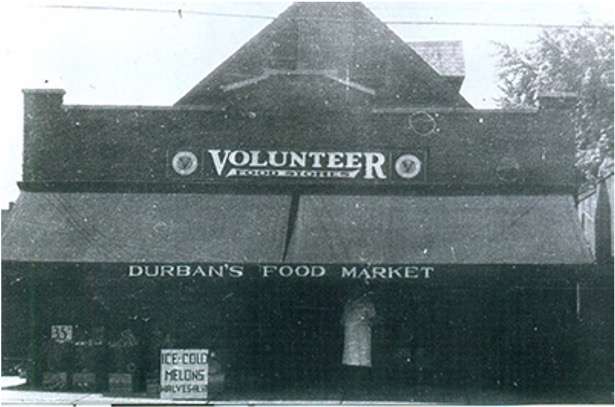 Volunteer Food Storeswere a unique type of grocery store that operated in the United States during the 1920s to 1940’s, especially evolving in response to the Great Depression. They became known as “volunteer” supermarkets because they relied on volunteers to help run the stores and keep costs low. They offered low-priced food and other basic necessities, and were designed to help struggling families during a time of widespread unemployment and economic hardship. The Volunteer Food Storesoperated on a cooperative model, where customers paid a small membership fee in exchange for the ability to purchase goods at cost. This meant that there was no profit margin, and the stores were able to keep prices low by avoiding markups and other expenses associated with for-profit grocery stores. Volunteer Food Stores represented a unique attempt to address the needs of communities during a time of economic crisis. The concept of cooperative grocery stores has continued in various forms throughout the years, with many modern-day food co-ops continuing to emphasize community involvement and fair prices.
Volunteer Food Storeswere a unique type of grocery store that operated in the United States during the 1920s to 1940’s, especially evolving in response to the Great Depression. They became known as “volunteer” supermarkets because they relied on volunteers to help run the stores and keep costs low. They offered low-priced food and other basic necessities, and were designed to help struggling families during a time of widespread unemployment and economic hardship. The Volunteer Food Storesoperated on a cooperative model, where customers paid a small membership fee in exchange for the ability to purchase goods at cost. This meant that there was no profit margin, and the stores were able to keep prices low by avoiding markups and other expenses associated with for-profit grocery stores. Volunteer Food Stores represented a unique attempt to address the needs of communities during a time of economic crisis. The concept of cooperative grocery stores has continued in various forms throughout the years, with many modern-day food co-ops continuing to emphasize community involvement and fair prices.
